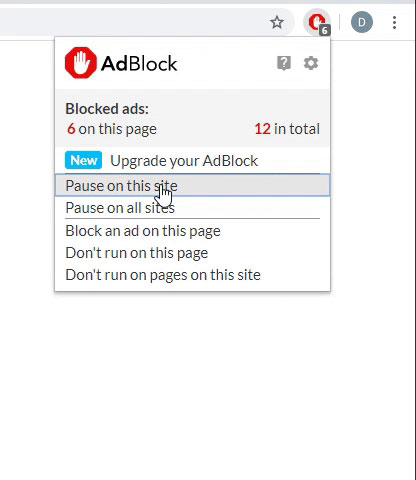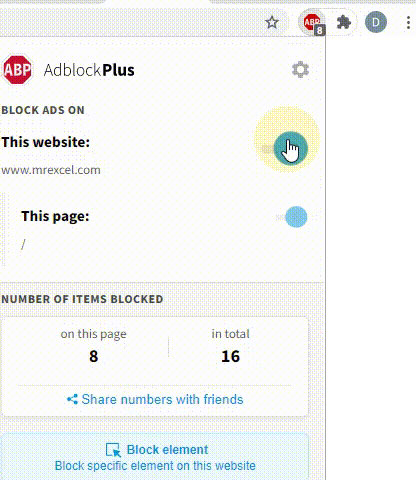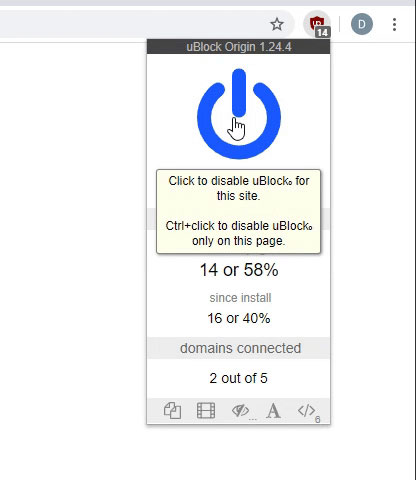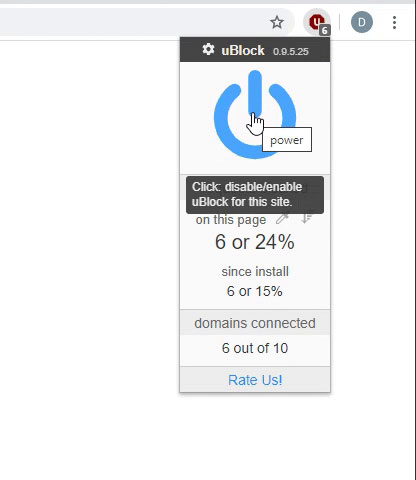Hi everyone,
I want a button in Excel that allows user to choose an image in their personal drive, through browsing the file location. Once they select the photo, it should create and save a copy of this photo into a shared folder, then put the new file path of the image into a cell. (This new file path will be used by another user to open the image again later.)
Would this be possible?
Thank you for your time.
I want a button in Excel that allows user to choose an image in their personal drive, through browsing the file location. Once they select the photo, it should create and save a copy of this photo into a shared folder, then put the new file path of the image into a cell. (This new file path will be used by another user to open the image again later.)
Would this be possible?
Thank you for your time.





